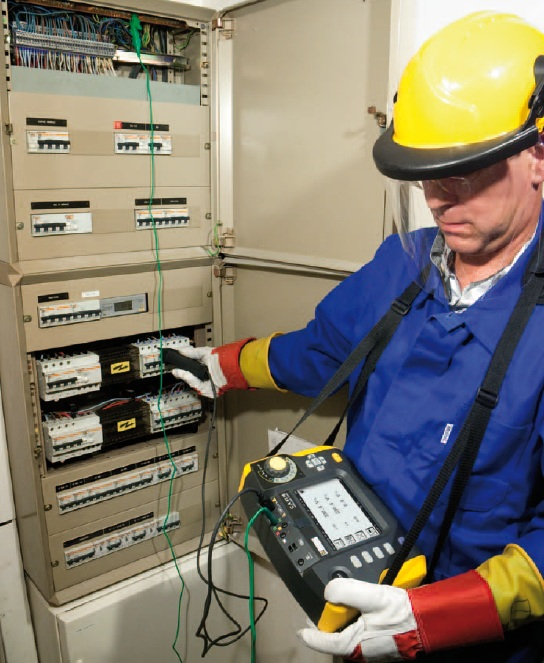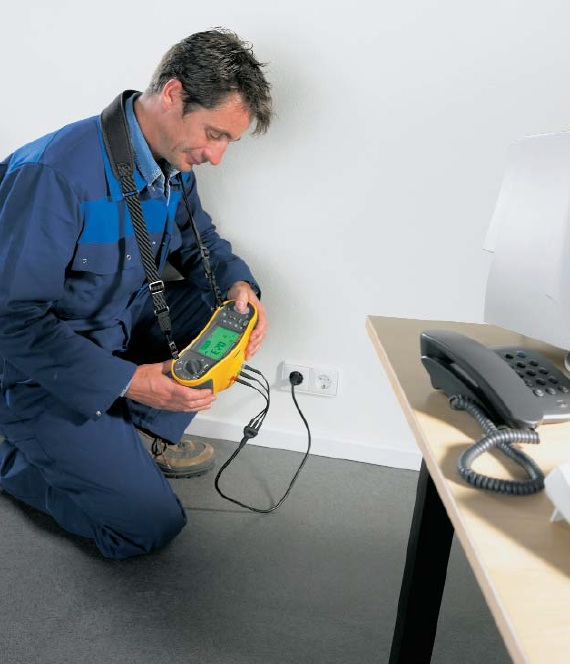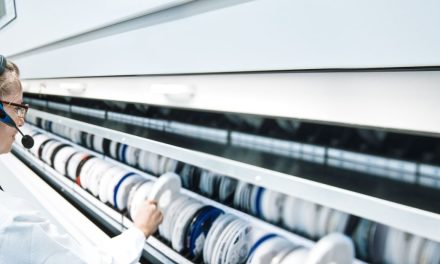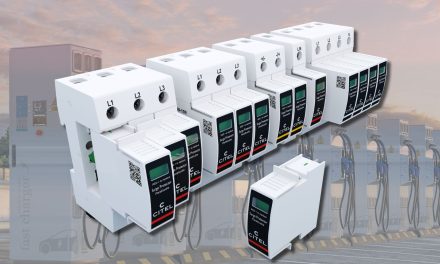 Analysis of power quality has an increasingly important role to play in maximizing energy efficiency, as concerns about the impact of carbon emissions on the environment and depletion of fossil fuels continue. In order to comply with stringent international legislation, utility companies need to assure the quality of the electricity that is passing through their distribution networks is constantly kept at an acceptable level. Likewise, industrial processing plants, manufacturing facilities, residential complexes, university campuses and hospitals all have to accurately monitor how effective their electrical systems are – so that energy wastage is minimized and operational costs are always kept under control.
Analysis of power quality has an increasingly important role to play in maximizing energy efficiency, as concerns about the impact of carbon emissions on the environment and depletion of fossil fuels continue. In order to comply with stringent international legislation, utility companies need to assure the quality of the electricity that is passing through their distribution networks is constantly kept at an acceptable level. Likewise, industrial processing plants, manufacturing facilities, residential complexes, university campuses and hospitals all have to accurately monitor how effective their electrical systems are – so that energy wastage is minimized and operational costs are always kept under control.
Through properly executed power quality analysis, sources of energy loss can be located and subsequently eliminated. The effectiveness of each element of a system involved in either the generation or the distribution of electricity (generators, transformers, cabling, switchgear, etc.) can be thoroughly scrutinized using advanced analysis equipment. This permits power quality problems such as load switching (where the current drawn can result in a drop in voltage level), load imbalances (caused by uneven loading on each phase in the system), harmonic distortions (where non-linear loads lead to overheating of the system), voltage fluctuations, voltage transients, supply interruptions and reactive loads to be uncovered. As well as reducing the size of bills, this activity will help to minimize the level of on-going maintenance work and the period of downtime while repairs are done, as well as avoiding the expense of vital components needing to be replaced.
 Test equipment sourcing specialist Livingston, via its partnerships with leading equipment manufacturers, is able to offer an extensive portfolio of instrumentation for power quality analysis. The company stocks power meters, power data loggers/recorders, electrical insulation testers, high end power quality analyzers, plus a wide range of different types and sizes of current clamps. Packed with sophisticated features and advanced functionality, this range allows test engineers to deal with even the most exacting of test demands, while benefiting from the far greater flexibility made possible through equipment rental and avoiding the financial various risks associated with direct purchase. In addition, Livingston can offer highly professional guidance (both technical and application based) in order to achieve the best measurement results.
Test equipment sourcing specialist Livingston, via its partnerships with leading equipment manufacturers, is able to offer an extensive portfolio of instrumentation for power quality analysis. The company stocks power meters, power data loggers/recorders, electrical insulation testers, high end power quality analyzers, plus a wide range of different types and sizes of current clamps. Packed with sophisticated features and advanced functionality, this range allows test engineers to deal with even the most exacting of test demands, while benefiting from the far greater flexibility made possible through equipment rental and avoiding the financial various risks associated with direct purchase. In addition, Livingston can offer highly professional guidance (both technical and application based) in order to achieve the best measurement results.
Key Power Quality Analysis Products
Covering a voltage range of 1V to 1kV, the Fluke 434-II and Fluke 435-II handheld power quality analyzers are compliant with IEC61000-4-30 Class S and IEC61000-4-30 Class A respectively. These products have the capability to pinpoint and troubleshoot issues in both three-phase and single-phase electrical systems – enabling companies and organizations to have more efficient, reliable systems and avoid power failures. Analysis can be carried out rapidly, so that the time and human resources required are minimal. Root mean square (RMS) voltage, harmonics, flicker, interruptions, rapid voltage changes, swells, imbalance, frequency and mains signaling are updated in real-time. The 435-II’s automatic event-capture feature means that every time an event or voltage distortion is detected, it automatically stores the voltage and current waveforms on all three phases plus neutral. It will also trigger when a certain current level is exceeded. Both the 434-II and 435-II are available in 50Hz and 60Hz power frequency versions.
 Fluke’s 437-II analyzer has the ability take power quality measurements up to 400Hz and is highly suited for use in avionics, defense and other space-constrained mission critical applications. Up to 150 power quality parameters can be displayed simultaneously on screen. The Unified Power Measurement (UPM) algorithm, incorporated into the 434-II, 435-II and 437-II, quantifies the cost of energy loss resulting from power quality issues. The calculations are computed, along with other facility-specific information, so losses occurring through wasted energy can be accurately monetized.
Fluke’s 437-II analyzer has the ability take power quality measurements up to 400Hz and is highly suited for use in avionics, defense and other space-constrained mission critical applications. Up to 150 power quality parameters can be displayed simultaneously on screen. The Unified Power Measurement (UPM) algorithm, incorporated into the 434-II, 435-II and 437-II, quantifies the cost of energy loss resulting from power quality issues. The calculations are computed, along with other facility-specific information, so losses occurring through wasted energy can be accurately monetized.
The Doble M5300 sweep frequency response analyzer has a 10Hz to 25MHz frequency range and can be used to detect failure or movement/deformation of the windings in transformers due to short circuits or mechanical stresses, so that the transformer’s service life can be extended. It measures the frequency response at logarithmically spaced frequency intervals of 1.2%. This analysis device has two measurement channels with a >90dB dynamic range and a 100MS/s sampling rate.
Compliant with IEC 61010, the Chauvin Arnoux 8335 Qualistar Plus measures all the voltage, current and power parameters required for full diagnosis of electrical installations. It has 4 voltage inputs (up to 1.2kV) and 4 current inputs (up to 6,500A). It can simultaneously display all 4 inputs in real-time in a choice of graphic, vectorial or value-table formats.



